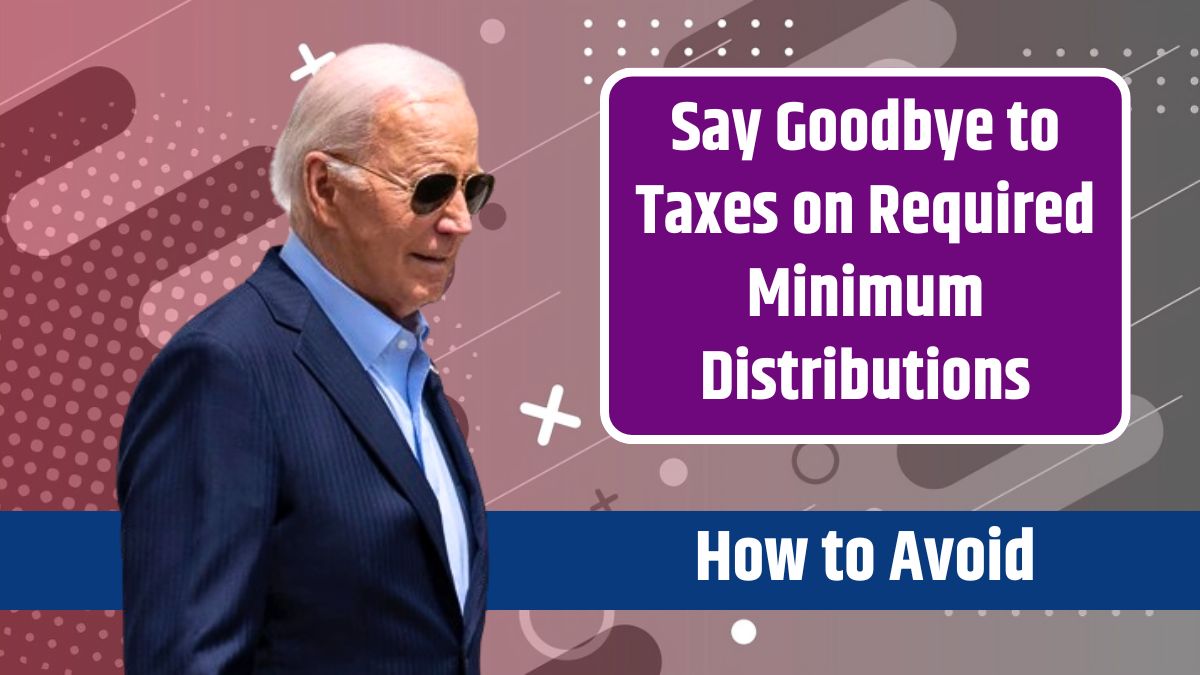Many people consider funds in tax-advantaged retirement accounts to be untouchable until they decide to use them. However, the Internal Revenue Service (IRS) requires these funds to be used, especially when you reach age 72.
This is where Required Minimum Distributions (RMDs) come into play. The IRS mandates RMDs to ensure that you start withdrawing a minimum amount of money from your accounts, which is then taxed at your ordinary income tax rate, potentially leading to significant tax liabilities.
Accounts
RMDs apply to various types of retirement accounts. Here’s a list of the accounts subject to RMDs at age 72:
- Traditional IRAs
- SIMPLE IRAs
- SEP IRAs
- 403(b) plans
- 401(k) plans
- 457(b) plans
- Profit-sharing plans
- Other defined contribution plans
Failing to take RMDs as required results in a 50% penalty on the amount that should have been withdrawn, in addition to the ordinary tax rate on the withdrawn amount.
Strategies
A popular strategy to avoid RMDs is converting traditional retirement accounts into a Roth IRA. Roth IRAs do not require RMDs, allowing your money to grow tax-free. This process, known as a Roth IRA conversion, involves transferring funds from a traditional IRA, 401(k), or another tax-advantaged account to a Roth IRA. Note that this conversion is a taxable event, and you’ll owe taxes on any pre-tax funds you convert.
Continue Working
If you’re still employed at 72 and participate in a 401(k), 403(b), or another small business retirement plan, you’re not required to take RMDs from these accounts. This exemption applies as long as you do not own more than 5% of the business. You can delay taking RMDs until April 1 of the year following your retirement. This strategy does not apply to traditional IRAs or 401(k) plans from previous employers; RMDs for those must be taken at 72.
QLAC
A QLAC allows you to allocate up to $135,000 or 25% of your retirement account (whichever is less) to purchase an annuity, deferring income payments to a later age, up to 85. The money invested in the QLAC is excluded from RMD calculations, reducing the amount you need to withdraw each year and lowering your tax bill.
Spousal Age Consideration
If your spouse is more than 10 years younger and is the sole beneficiary of your IRA, you can use the Joint Life and Last Survivor Expectancy Table provided by the IRS. This typically results in lower RMDs, as it assumes a longer period for fund distribution.
QCD
If you don’t need the money from RMDs for your retirement income, consider making a QCD. This allows you to donate up to $100,000 annually to a qualified charity directly from your IRA. You must be at least 70 1/2 years old to make a QCD, and the donation must be made by the RMD deadline (typically December 31). The amount donated can be excluded from your taxable income, potentially reducing your tax burden.
Timing Your First RMD
You can delay your first RMD until April 1 of the year following the year you turn 72. However, this means you will need to take two RMDs in that year—your delayed first RMD and your second RMD by December 31. This could result in a higher tax bill due to increased taxable income for that year.
RMDs are an essential part of managing your retirement funds. While the IRS mandates these distributions to ensure that retirement funds are used, there are various strategies to manage or reduce the tax impact. Whether it’s through a Roth IRA conversion, continuing to work, using a QLAC, considering spousal age, making QCDs, or timing your first RMD, you have options to optimize your retirement withdrawals and minimize taxes. Always consult a financial advisor to find the best strategy for your unique situation.
FAQs
When must I start taking RMDs?
You must start at age 72.
Which accounts are subject to RMDs?
Traditional IRAs, 401(k), 403(b), and more.
How can I avoid RMDs?
Convert to a Roth IRA.
Can working delay RMDs?
Yes, if you’re still employed and participate in certain plans.
What is a QCD?
A QCD allows direct donations to charity from an IRA.
